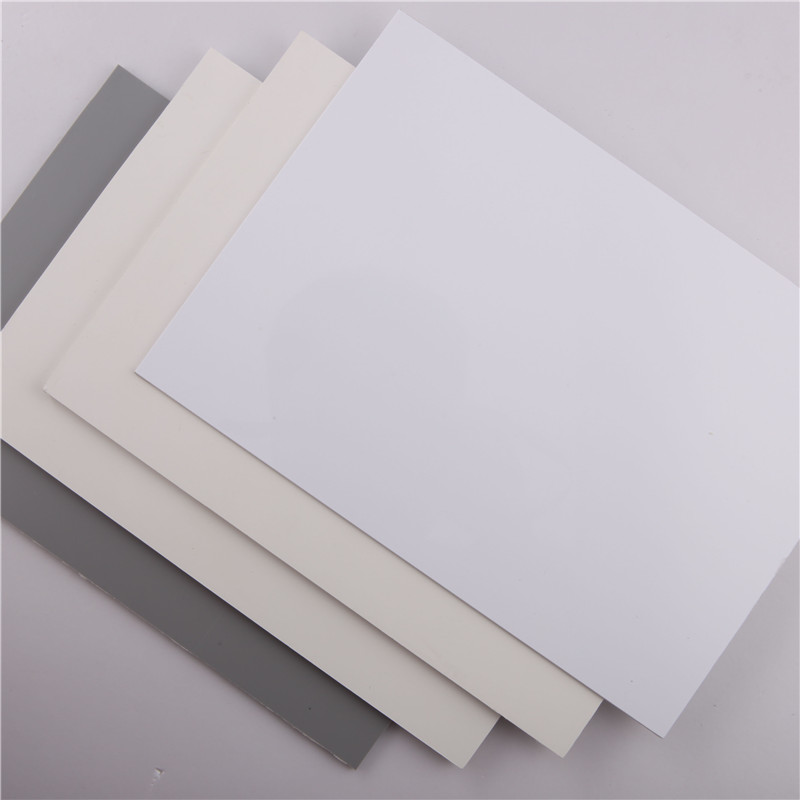Aug . 11, 2024 20:38 Back to list
High Density Polyethylene Double Wall Corrugated Pipe for Reliable Drainage Solutions and Durability
Understanding HDPE Double Wall Corrugated Pipe An Engineering Marvel
High-Density Polyethylene (HDPE) double wall corrugated pipe has emerged as a versatile and reliable solution in various engineering applications, particularly in the fields of drainage, sewerage, and culverts. This innovative piping system combines the durability and strength of HDPE with the efficiency of double wall designs, making it an ideal choice for both civil engineering projects and environmental management.
Composition and Structure
HDPE is a thermoplastic polymer known for its high strength-to-density ratio. The double wall structure of the pipe consists of an outer corrugated layer and an inner smooth layer. The corrugation enhances the pipe's structural integrity, allowing it to withstand significant loads while minimizing the amount of material required. This characteristic not only reduces the environmental footprint of pipe production but also ensures cost-effectiveness due to lower material costs and lighter weight, which simplifies transportation and installation.
Advantages of HDPE Double Wall Corrugated Pipe
One of the most significant advantages of HDPE double wall corrugated pipe is its exceptional resistance to corrosion and chemicals. Unlike traditional materials such as concrete or steel, HDPE does not rust, rot, or degrade when exposed to harsh environmental conditions. This chemical resistance extends the lifespan of the pipe, making it a reliable choice for long-term applications.
Moreover, the pipe's smooth inner surface allows for enhanced flow characteristics, reducing friction and promoting efficient water drainage. Less friction means lower pumping costs and improved hydraulic performance, making it suitable for gravity-fed systems.
Additionally, the lightweight nature of HDPE pipe simplifies installation, allowing for quick and easy handling on-site. This feature is particularly advantageous for projects requiring high-output installation rates or work in challenging environments, as it minimizes the need for heavy machinery and labor.
hdpe double wall corrugated pipe

Applications
The applications of HDPE double wall corrugated pipe are vast and varied. In urban settings, it is commonly used for stormwater management systems, helping to efficiently transport runoff from impervious surfaces. In agricultural contexts, these pipes manage irrigation and drainage systems, promoting water conservation and soil health.
In the realm of infrastructure, HDPE double wall corrugated pipes are utilized in sewer systems and wastewater management, where their resistance to corrosion and structural integrity ensure reliable performance. Additionally, they are employed in the construction of culverts and underpasses, as the pipe's strength allows them to support significant earth loads without compromising functionality.
Environmental Impact
The environmental advantages of using HDPE double wall corrugated pipe cannot be overstated. The material is recyclable, which contributes to a more sustainable approach to infrastructural development. Furthermore, by facilitating efficient drainage and runoff management, these pipes help mitigate the risks associated with flooding, soil erosion, and waterlogging, playing a pivotal role in preserving natural ecosystems.
Conclusion
In conclusion, HDPE double wall corrugated pipe stands out as an engineering marvel that addresses the modern needs of construction and environmental management. With its unmatched durability, efficiency, and environmental benefits, this piping system is poised to remain a go-to solution for engineers and project managers across multiple sectors. As infrastructure demands grow, investing in reliable technologies like HDPE double wall corrugated pipe will undoubtedly shape the future of sustainable and efficient design.
-
Durable PP Rigid Sheet: Lightweight, Chemical Resistant Solutions
NewsAug.21,2025
-
PVC Grey Sheet for Extraction: Chemical Resistant & Durable
NewsAug.19,2025
-
Durable PVC Pipe Fittings for Plumbing & Irrigation Needs
NewsAug.18,2025
-
HDPE Steel Belt Reinforced Spiral Corrugated Pipe | High Strength
NewsAug.17,2025
-
HDPE Pipe Fittings: Durable, Leak-Proof Solutions
NewsAug.16,2025
-
Premium CPVC Sheet: High-Temp & Chemical Resistant Solutions
NewsAug.15,2025

